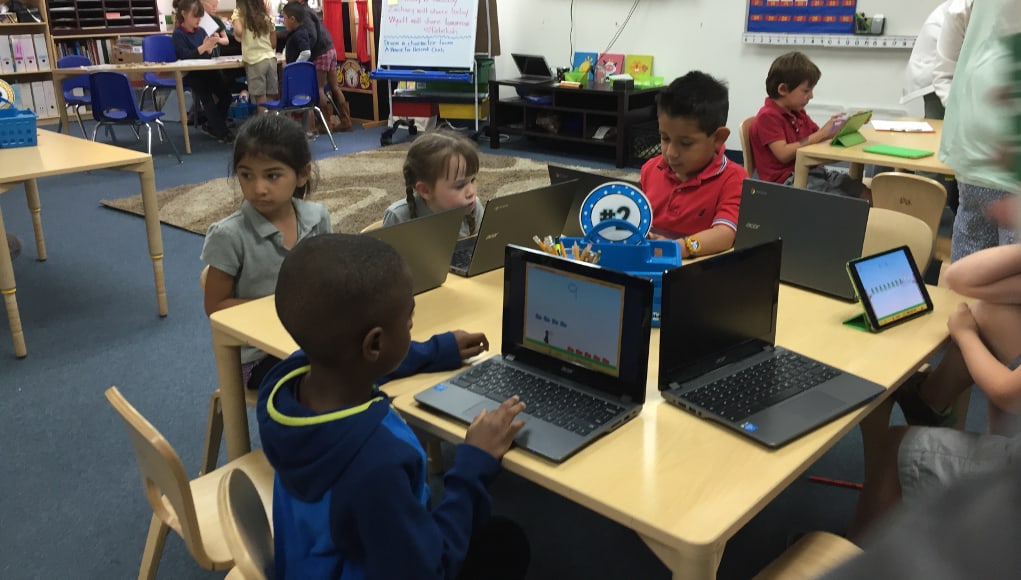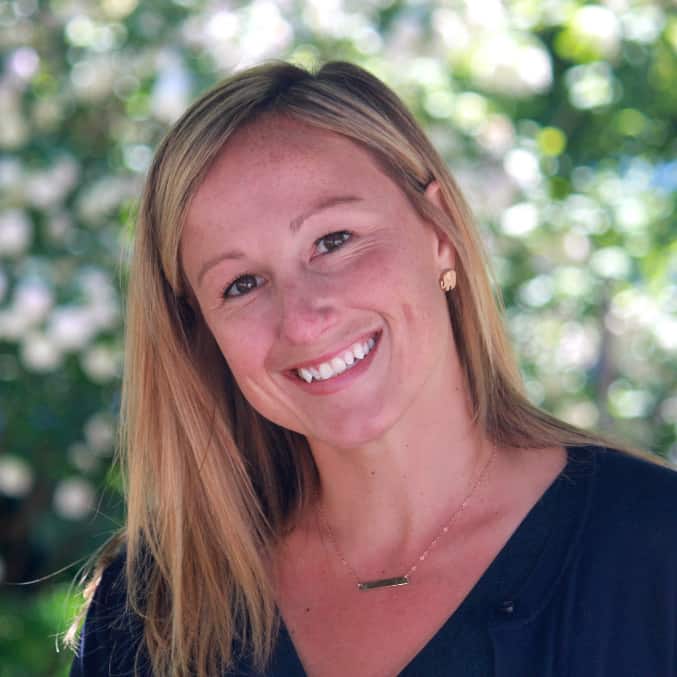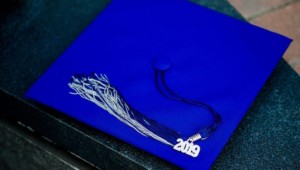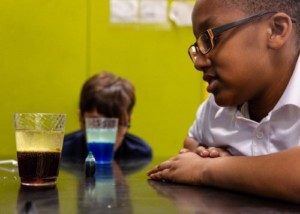Really Ready Students in Action

By Emily Liebtag and Tom Vander Ark
Over the past several months, we have been writing about what it means to be #ReallyReady for college, work and life. Building on work by David Conley and the Hewlett Foundation, our friends at Apex Learning summarized five critical dimensions of readiness:
- Communication: Read with comprehension, clearly organizes data, finding and thoughts in written and oral communication.
- Critical Thinking: Apply tools and techniques gleaned from core subjects to formulate and solve problems.
- Self-Directed: Monitor and direct self-learning; complete projects and tasks independently
- Growth Mindset: Recognize that basic and advanced abilities can be developed through dedication and hard work.
- Social and Emotional Skills: Understand and manage emotions, set and achieve goals, feel and show empathy, establish and maintain positive relationships, and make responsible decisions.
We’ve also been collecting practical examples of students and schools that are really ready. Here are just a few examples, but if you know of a school that is preparing students to be really ready for college work and life tweet it to #ReallyReady.
Critical-Thinking

Students at Design Tech High in San Mateo, California develop critical thinking by applying creative problem solving across the curriculum. Principal Ken Montgomery said, “We believe students are most successful when their education is personalized to their needs, and students are asked to use their knowledge to improve the world around them.”

At Harmony Public Schools, students experience personalized project-based learning with a STEM focus. There’s also a strong emphasis on rigor and relevance. Students complete projects and meet with advisor almost daily to talk about their progress and work on challenging problems. Level one projects are in class, level two projects are interdisciplinary, and level three projects are a year long and self-directed. Work products are presented at STEM SOS.
Communication

Esther Wojcicki leads her students at Palo Alto High to shoot for the moon. They publish their own newspaper and contribute to several other media sites, requiring them to daily practice communication skills.

University Academy debate class & club is a great example of students that are working on really ready communication skills. Educators at UA know that students need more than just knowing an answer on a test to get a job or into college – they will need to be able to articulate and communicate their ideas.
Self-Directed

The Houston Independent School District (HISD) is a great example of where there is a district-wide goal that students daily work towards all of these skills. The students above are independently working in a GradLab, which is one of the many initiatives put in place to help support students be more self-direct on their respective paths to being really ready for college, work and life.

Huntley High in Northwest Chicago, students work independently 1-3 days/week. Here you can see they are working in The Hub on a project. Teaching students to be self-directed does take time, but it is such a needed skill given the nature of work and life today. Provide students more time to practice this skill and provide them ample scaffolds, tools, guides and support as they become increasingly more self-directed.
Growth Mindset

At El Paso High School, dual language STEM students design models in a CAD program and then build wooden models. Learning science concepts in a new language can be a challenge–and so is new equipment, software, and strategies. They learn to develop resilience, persistence and a belief that they can achieve what they set their mind to.

Here you see a Cesar Chavez student talking about his senior research project on the school-to-prison pipeline. He said the combination of high expectations and high support was key to successfully completing thesis. Students begin developing the skills and mindset for this project in middle school with smaller supported class investigations.
Social and Emotional Skills

Thrive Middle School works on social and emotional learning throughout the school day through blended and face-to-face project-based learning. Students are encouraged to be responsible, socially aware and emotionally attuned members of their class, school and society.

One Stone in Boise is an innovative microschool that recently opened this fall. Students serve on the nonprofit board and helped develop cultural norms for the school. When they talk about practicing empathy, it’s not only part of the culture, it’s the second step (after understanding the problem) in the design thinking process at the heart of the curriculum. While practicing a think globally, act locally motto One Stone students immerse themselves into the Boise to community through projects to learn collaboration, communication and empathy skills.
Over the next couple of months, we’re working with Apex Learning to highlight what it means for middle and high school students to be #ReallyReady. This blog is part of our “Really Ready” series in partnership with Apex Learning. For more, see the Really Ready Student campaign page and join the conversation on social media using #ReallyReady.
For more on student readiness for college and career, see:
- Really Ready: Preparing ALL Middle and High School Students for College, Work and Life
- 28 Skills of #ReallyReady Students
- Infographic | Really Ready for College, Work and Life
- What it Means to be Really Ready: More than Just Getting a Degree
Stay in-the-know with all things EdTech and innovations in learning by signing up to receive the weekly Smart Update. This post includes mentions of a Getting Smart partner. For a full list of partners, affiliate organizations and all other disclosures please see our Partner page.






0 Comments
Leave a Comment
Your email address will not be published. All fields are required.